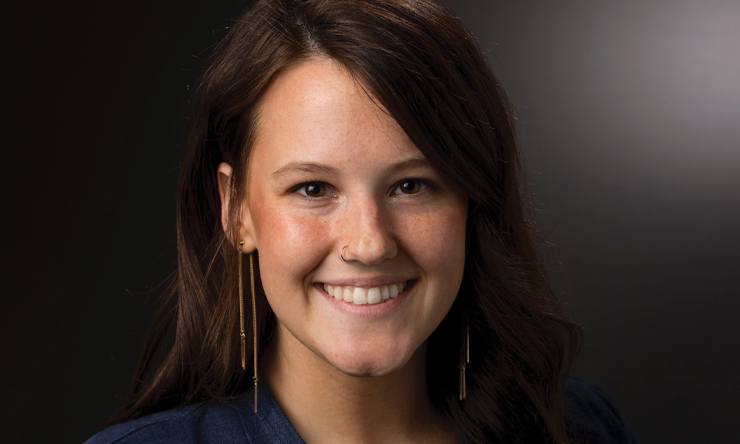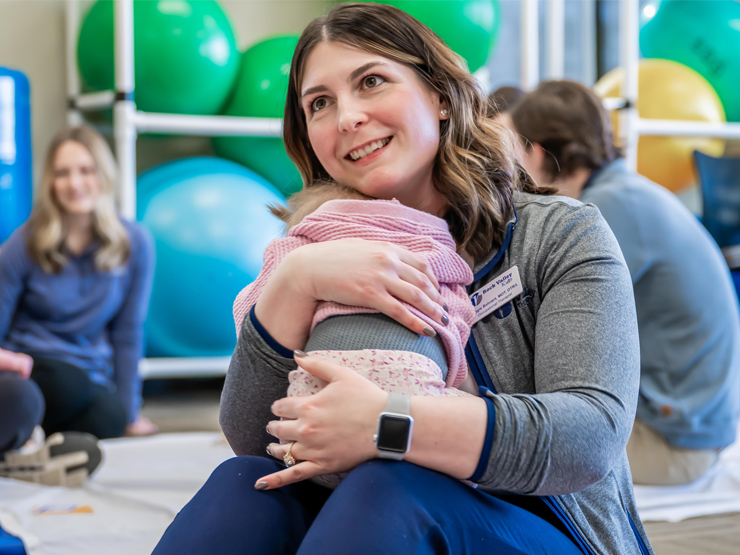Les jouets vintage, ces cadeaux empoisonnés, read a spring headline on a website in France.
Toys from the seventies and eighties could be poisoning your children, read another on the same subject that appeared in a New Zealand newspaper.
Far and wide and in multiple languages, important lessons learned through a 2014 St. Ambrose University Summer Research Institute project were shared with parents of young children this past spring.
"I wasn't aware of the extent it had grown," Zoe Harris '15 said of the worldwide notice garnered by a research paper she helped former SAU adjunct instructor Gillian Zaharias Miller, PhD, prepare for publication in the January Journal of Environmental Health. "It definitely makes me want to go into the research field to find out how we can limit what we are exposed to."
The paper was developed from a Summer Research Institute project Miller, who now lives and works in Michigan, led with the assistance of Harris and fellow SAU students Barbara Anderson '95, '13, Kialee Bowles '14 and Alex Giblot-Ducray '15.
One of four research projects involving 22 students last year, the project enlisted a handheld X-ray spectrometer to quantify hazardous metal content in products such as dishes, money, t-shirts, vitamins and even cosmetic makeup.
Harris focused on toys from the 1970s and '80s, things such as vinyl-covered Barbie dolls and Fisher-Price plastic toys. All were produced prior to regulations passed in the 1990s that prohibited the use of hazardous metal elements such as lead, cadmium, and arsenic in manufactured products.
The research uncovered lead and/or cadmium in 67 percent of all vintage toys scanned, and frequently in concentrations exceeding current U.S. and European limits. Arsenic was detected at "levels of concern" in 16 percent of the vintage toys.
Exposure to these metal elements, particularly when ingested from flaking paint, can lead to long-term health and development problems for young children. "It can decrease brain development," Harris said. "Children are more susceptible to lead poisoning because their brains process it more efficiently. "
Jodi Prosise, PhD, a St. Ambrose associate professor of Engineering and Summer Research Institute instructor, said the project's findings surprised-and educated-her.
"I have toys from when I was a kid, and I used to dig them out and let my children play with them," she said. "To find out that's not really safe is important."
Virtually all of the worldwide coverage credited the discovery to St. Ambrose University researchers, further validating the Summer Research Institute's impact. Through funding from Dr. Thomas and Mary Ann Stoffel and an anonymous donor, the Summer Research Institute celebrated its fifth anniversary this past summer and has involved nearly 80 students since its inception.
Harris graduated cum laude with a Bachelor of Science in Biology degree in May. With an eye on a career in medical research, she will begin applying to graduate schools this fall. Having her name on a research paper cited worldwide certainly will make her applications stand out, Prosise said.
Share This Story



